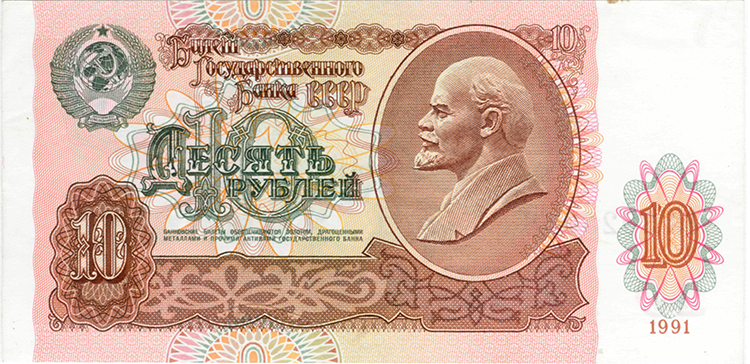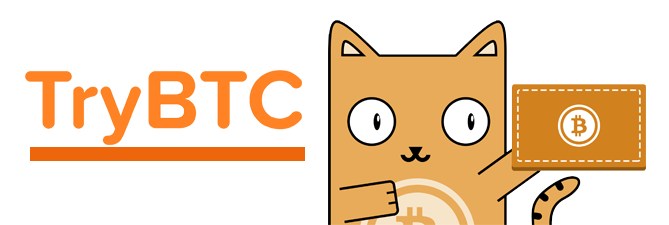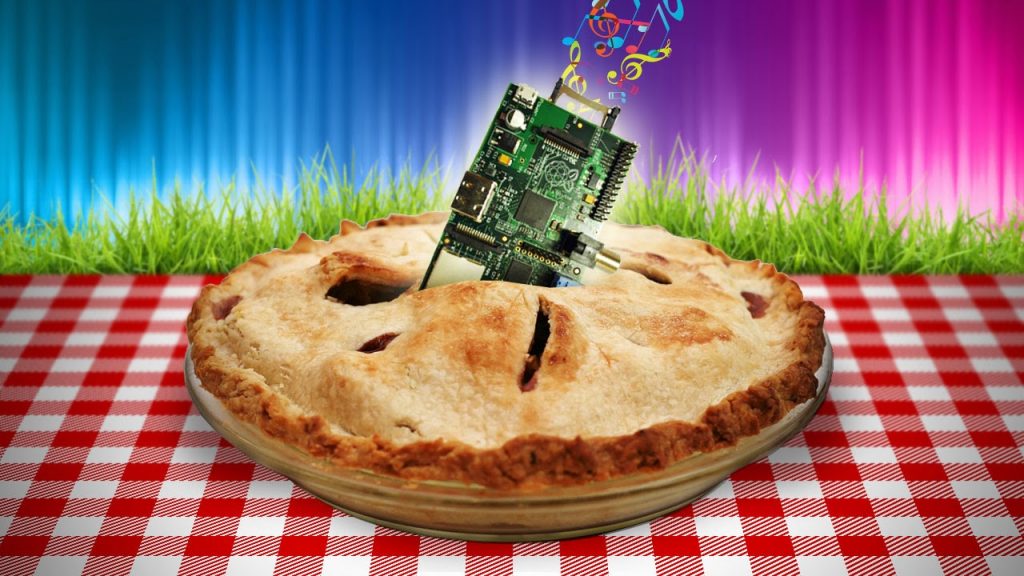Search Results For: r3

Ethereum Launches Homestead
“You need to look at the growth of the Ethereum network via the growth of its nodes, sitting at 5,100 versus bitcoin’s about 6,000 roughly. That’s quite significant and shows the stability and global nature of the Ethereum network,” commented Mougayar.
Homestead vs Frontier
“Homestead’s arrival will begin to demonstrate the next generation of blockchain technology, whereby anything we can dream of, can be accomplished in a decentralized manner using Ethereum.”
Ethereum helps Car Charging
In Germany the startup called Slock is working with RWE on a project to use Ethereum for car charging uses.
Open your free digital wallet here to store your cryptocurrencies in a safe place.
HolyTransaction’s Bitcoin Monthly Roundup of January 2016
Thank you for reading our newsletter with the previous month’s best Bitcoin articles!
We tweet more cryptocurrency news and insights daily @HolyTransaction
Open your free digital wallet here to store your cryptocurrencies in a safe place.
Bitcoin is “digital gold” and will mark the end of cash. Ametrano from IMI Bank explains.
Bitcoin is a private currency, that isn’t issued by any central bank nor guaranteed by any institution. It is electronically transferrable in a practically instant way, utilising a cryptographic security protocol. It is based on a completely decentralized network: the transactions don’t require a middleman, cannot be censored, don’t have any kind of geographical or amount restriction, and are possible 24 hours a day every day and are substantially free.
Open your free digital wallet here to store your cryptocurrencies in a safe place.
Bitcoin’s Monthly Recap of September 2015
Open your free digital wallet here to store your cryptocurrencies in a safe place.

Deutsche Bank Is Bringing Bitcoin-Inspired Blockchain Technology to Germany
 In a recently translated piece by the Deutsche bank, originally written by Thomas F. Dapp and Alexander Karollus, the German bank discussed how banks in general might be able to benefit from p2p networks like Bitcoin. The authors specifically mention a hypothetical future scenario where banks might assume new tasks that still play on banks’ perceived trustworthiness – “e.g. as custodians of cryptographic keys.” Other existing centralized services might have to adapt to serve other roles in the coming decentralized world. Don’t be surprised if someday soon Bloomberg to self-proclaim themselves as an oracle? They went on to note that the politics of Bitcoin would eventually lead to a head with regulators, law enforcement, etc. However, in the face of this new technology and potential regulatory backlash, Deutsche bank still wants to push forward… Because the concept of a blockchain really is that compelling, and the banks are finally starting to get it. Dapp and Karollus wrote:“Traditional banks should not rely on the regulator now, though, but instead actively experiment with the new technologies in their labs and collaborate without prejudice in order to create their own digital ecosystem in the medium run.”
In a recently translated piece by the Deutsche bank, originally written by Thomas F. Dapp and Alexander Karollus, the German bank discussed how banks in general might be able to benefit from p2p networks like Bitcoin. The authors specifically mention a hypothetical future scenario where banks might assume new tasks that still play on banks’ perceived trustworthiness – “e.g. as custodians of cryptographic keys.” Other existing centralized services might have to adapt to serve other roles in the coming decentralized world. Don’t be surprised if someday soon Bloomberg to self-proclaim themselves as an oracle? They went on to note that the politics of Bitcoin would eventually lead to a head with regulators, law enforcement, etc. However, in the face of this new technology and potential regulatory backlash, Deutsche bank still wants to push forward… Because the concept of a blockchain really is that compelling, and the banks are finally starting to get it. Dapp and Karollus wrote:“Traditional banks should not rely on the regulator now, though, but instead actively experiment with the new technologies in their labs and collaborate without prejudice in order to create their own digital ecosystem in the medium run.”
Open your free digital wallet here to store your cryptocurrencies in a safe place.

Cryptocoins for good: Cryptocurrencies Empowering Citizens Against Oppressive Governments
How cryptocurrencies can change the balance of power between dictators and citizens
the “control by the ruble” of the Soviet Gosbank, to the dual currency
system in Cuba, China’s overvaluation of the Yuan, or the exchange
controls in countries like Venezuela and Iran, regimes of all types have
relied on these kind of controls to rein, or at least try to rein,
capital flights, inevitable when -sooner or later- markets try to
correct the excesses committed by money-hungry “revolutions”.
 |
| The Gosbank controlled the currency markets using what it came to be known as the “control by the ruble” |
citizens are usually the most affected by such currency controls: as a
pseudo-monopoly is established, a black-market is instantly created and
exchange rates climb inexorably, specially in left-leaning regimes where
the government aims for greater control of all aspects of the economy,
affecting the efficiency of the production system and pushing the
trade-balance the wrong way, increasing in consequence the amount of
foreign currency required to cover internal demand. In short, more
expensive currency is required to buy each time more stuff, the result?
Rampant inflation and even more poverty.
Marxist theory says that the structure of society must be based in
keeping people in poverty, ruled by an upper class with certain rules,
norms and such in order so they can keep people like that. This
old-proven-wrong-policy is still used by many governments today, in
February 2014, for example, some education minister of a Latin American
country said that the government “wasn’t going to take people out of
poverty so they can become political opponents”. This proves that
currency controls are not a consequence of failed economic policies, but
tools for the governments to exert repressing power over its citizens.
what would happen to oppressive regimes if they were to lose control of
the currency exchange, so the people is free to manage their wealth
beyond the power of government currency controls? Currency
decentralization is not new, 20th century economist and Nobel Prize
Winner, Friedrich August Von Hayek (F.A. Hayek), theorized extensively
on this subject, and though polemic, his writings provided an important
part of the theoretical framework for modern economics, specially in
areas such as theory of money and economic fluctuations.In his book Theory of Liberty he wrote:
“The
experience of the last fifty years has taught most people the
importance of a stable monetary system. Compared with the preceding
century, this period has been one of great monetary disturbances.
Governments have assumed a much more active part in controlling money,
and this has been as much a cause as a consequence of instability. It is
only natural, therefore, that some people should feel it would be
better if governments were deprived of their control over monetary
policy. Why, it is sometimes asked, should we not rely on the
spontaneous forces of the market to supply whatever is needed for a
satisfactory medium of exchange as we do in most other respects?It
is important to be clear at the outset that this is not only
politically impracticable today but would probably be undesirable if it
were possible. Perhaps, if governments had never interfered, a kind of
monetary arrangement might have evolved which would not have required
deliberate control; in particular, if men had not come extensively to
use credit instruments as money or close substitutes for money, we might
have been able to rely on a self-regulating mechanism. This choice,
however, is now closed to us. We know of no substantially different
alternatives to the credit institutions on which the organization of
modern business has come largely to rely; and historical developments
have created conditions in which the existence of these institutions
makes necessary some degree of deliberate control of the interacting
money and credit systems (my emphasis). Moreover, other circumstances
which we certainly could not hope to change by merely altering our
monetary arrangements make it, for the time being, inevitable that this
control should be largely exercised by governments”
 |
| Governments have assumed a much more active part in controlling money, and this has been as much a cause as a consequence of instability F.A. Hayek |
what if it was no longer inevitable? During the 20th century creating
and managing currencies was only possible for governments, so it was in
essence exclusively a political matter, but technology is changing that,
money issuing is not only government turf anymore, they now must
compete with cryptocurrencies. In governments with an effective rule of
law, this can be fair competition, for example, currencies can be
somehow regulated -as the IRS recently did in the US- and a legal
framework can be established so everyone can play by the rules. But,
there are many countries where the line between state and nation is
blurred, these countries may also take two additional paths, they can
prevent financial institutions or businesses from transact with
cryptocurrencies (e.g. Colombia and China) or they can declare an
outright ban (as it is rumored about China every single day). In both
scenarios cryptocoins could have a very important role, in the former
-while remaining legal- they can create a new channel for the flow of
foreign currencies, in the latter they can work as a relief valve, as an
alternative for the black market. In any case, by increasing the supply
of foreign currency, these coins can effectively push prices down, with
all the benefits that comes with it.
once, the development model that could arise from an efficient
cryptocoins market presents a development plan that is not based on
plain charity, in giving away something with the hope that the recipient
will make a good use of it and luckily return it back in future
productivity. People cannot only mine their own coins but they can rest
assure that the value of such money will be subject to fair rules of
supply and demand, not to devaluation-based political planning; and most
important, they may not be held hostage in poverty by exchange
controls, giving back to them a little of that sovereignty that
dictators keep claiming or themselves.
Open your free digital wallet here to store your cryptocurrencies in a safe place.

10 things you should know about Bitcoin and digital currencies
cryptocurrencies, but not all of them are.
to reach a broader demographic than Bitcoin did. As of March, more than 65 billion Dogecoins have been mined, and the production schedule of this
cryptocurrency is in production faster than most.
regulations on digital currencies, but it often warns about investment schemes and fraud. The Financial Crimes Enforcement Network (FinCEN), an agency under the Department of Treasury, took initiative and published virtual currency guidelines in 2013. Many countries are still deciding how they will tax virtual currencies. The IRS is specifically concerned with virtual currencies being used for unreported income.
outline the pros and cons of Bitcoin. The hearing ended up providing a
financial boost for the currency, because US officials talked about it as a
legitimate source of money, as opposed to only discussing its role in illegal
activities.
Wallet for Android runs on your phone or tablet. To store the Bitcoins, you have three options:
doing your own backups.
are responsible for them. Mobile apps allow you to scan a QR code or tap to
pay.
anything happens on their side or it gets hacked, you run the risk of losing
the Bitcoins, so extra backups and secure passwords are suggested.
is, Bitcoins can be stolen in huge quantities, just like money, and with no
centralized bank, there’s no way to recoup the losses. There are several types of Bitcoin ATMs, which exchange Bitcoins for flat currencies. Most machines are expensive and rare, ranging from $5,000 to $2,000. Skyhook,
a Portland, Oregon-based company, demoed a $1,000, machine at a conference this month. It is the first portable, open source ATM.
specific software, which is free and open source. The most popular is GUIMiner, which searches for the special number combination to unlock a transaction. The more powerful your PC is, the faster you can mine. In the early days, it was easy to find Bitcoins, and some people found hundreds of thousands of dollars worth of the cryptocurrency using their computers. Now, though, more expensive hardware is required to find them. Each Bitcoin blockchain is 25 Bitcoin addresses, so it takes a lot of time to find them on your own. The exact amount of time ranges depending on the hardware power, but mining all day could drive your energy bill up and only mine a tiny fraction of a Bitcoin — it may take days to mine enough to purchase anything.
security issues remain, and that will continue to be a problem. In 2013, Mt. Gox, a Japanese exchange, handled 70% of all Bitcoin transactions, but they lost some 750,000 Bitcoins in February 2014 and filed for bankruptcy, and nothing has been proven in the case. Since it’s universal, it’s useful for international transactions, and could be helpful for transactions in developing countries.
Open your free digital wallet here to store your cryptocurrencies in a safe place.

Spreading Peercoin on Pi: get 10 PPC for setting up a node!
 |
| User river333 from PeercoinTalk is ready to start giving out tips for spreading Peercoin on Pi! |
Here’s how to get the 10 PPC tip!
1. Follow Tea42’s guide on how to set up Peercoin on your Raspberry Pi. A full node is required to receive the tip, so be sure to complete the part of the guide entitled “Contribute to the Peercoin network” in part 2, which shows you how to allow port forwarding.
2. Post in this thread with a photo of your Pi, and also a photo of your Pi screen.
The following should be visible in the photo of your Pi’s screen:
A: A window showing your Raspberry Pi serial number.
B: The Peercoin Qt wallet with the green checkmark in the lower right hand corner indicating that the RPi is now a currently synced Peercoin node.
The “Receive coins” tab should be clicked so your wallet address to receive coins is visible.
C: The Peercoin Qt debug window open showing the command “getconnectioncount” having been typed in at the bottom and the window showing a number greater than 8.
3. Paste your PPC address into your forum post. This should match the one visible in the photo of your Pi’s screen.
If you follow the above instructions correctly, you will receive your tip!
A big thank you to NewMoneyEra for donating the PPC that will be used for tipping.
FAQsWhat is a Raspberry Pi?A Raspberry Pi is a low cost, credit-card sized computer that can be plugged into a monitor/tv, and a standard keyboard and mouse (https://www.raspberrypi.org/help/what-is-a-raspberry-pi/). It is used in programming education and also has a wide variety of other uses. Its low energy consumption makes it perfect for running a Peercoin node.
What model of Raspberry Pi should I buy?
Model B is the most used at the moment. I’ve read that the new model has the same hardware, and only the form is different, but I have no experience
with it. As for an SD card, it’s best to buy a class 10 or better, that is 10MB/s minimum write speed. Don’t get fooled by the read speed they mention on the packaging, that is always much higher. https://en.wikipedia.org/wiki/Secure_Digital#Speed_class_rating
A case is not necessary but recommended because it protects against stuff falling on your pi, small coffee spills etc
I have a pi I ordered for playing round with and remember you will need a power supply to for it, that and the SD card u need to buy, its a micro usb charger same as many android phones or tablets so u can use one of those if it gives a high enough voltage. I just remember when I ordered mine the wait on charges was 3 weeks longer than the 5 weeks for the pi, but I hope they more readily available now.
What is the purpose of this project? The purpose of this project is to encourage the use of Peercoin on Raspberry Pi, while also increasing the number of full nodes on the network. A connection count of more than 8 indicates that port forwarding is enabled and that you are running a full node. Minting is beyond the scope of this project. Can I mint on my Raspberry Pi too?
Yes, you can. However, for the moment it is advisable not to mint on a full node (i.e. with port forwarding) until more research has been done. You can find out more about this here and here if you are interested.
Open your free digital wallet here to store your cryptocurrencies in a safe place.
